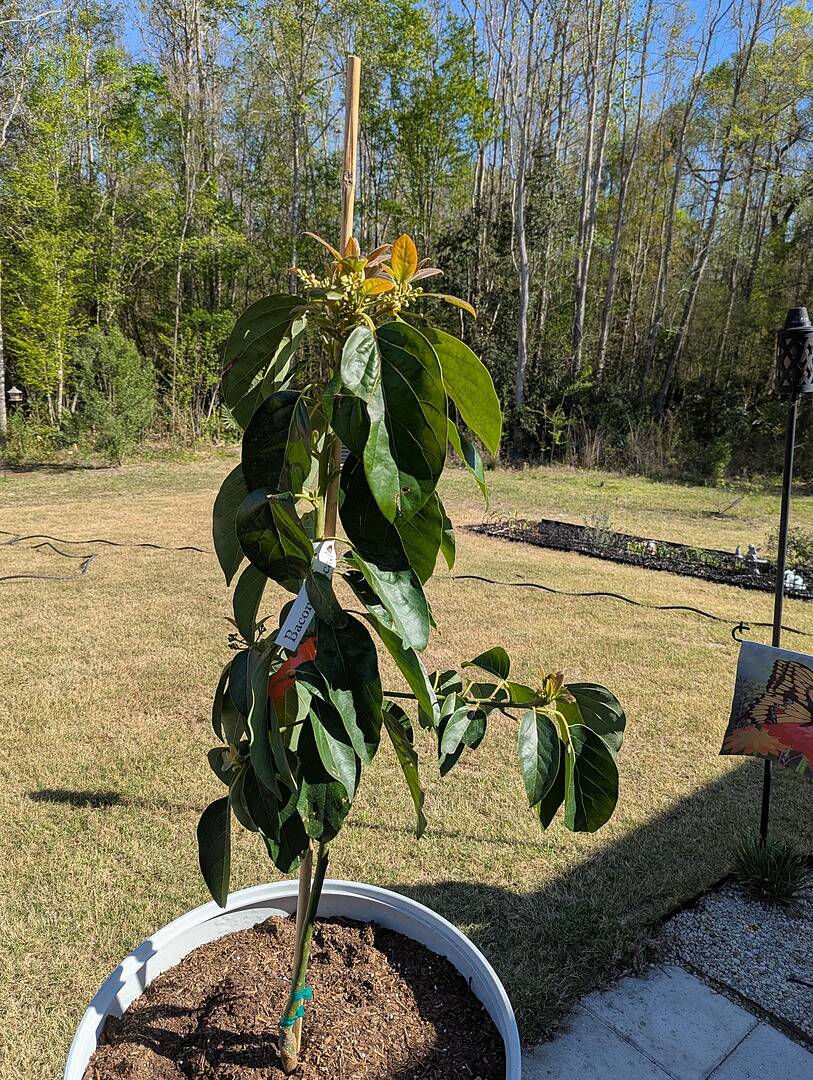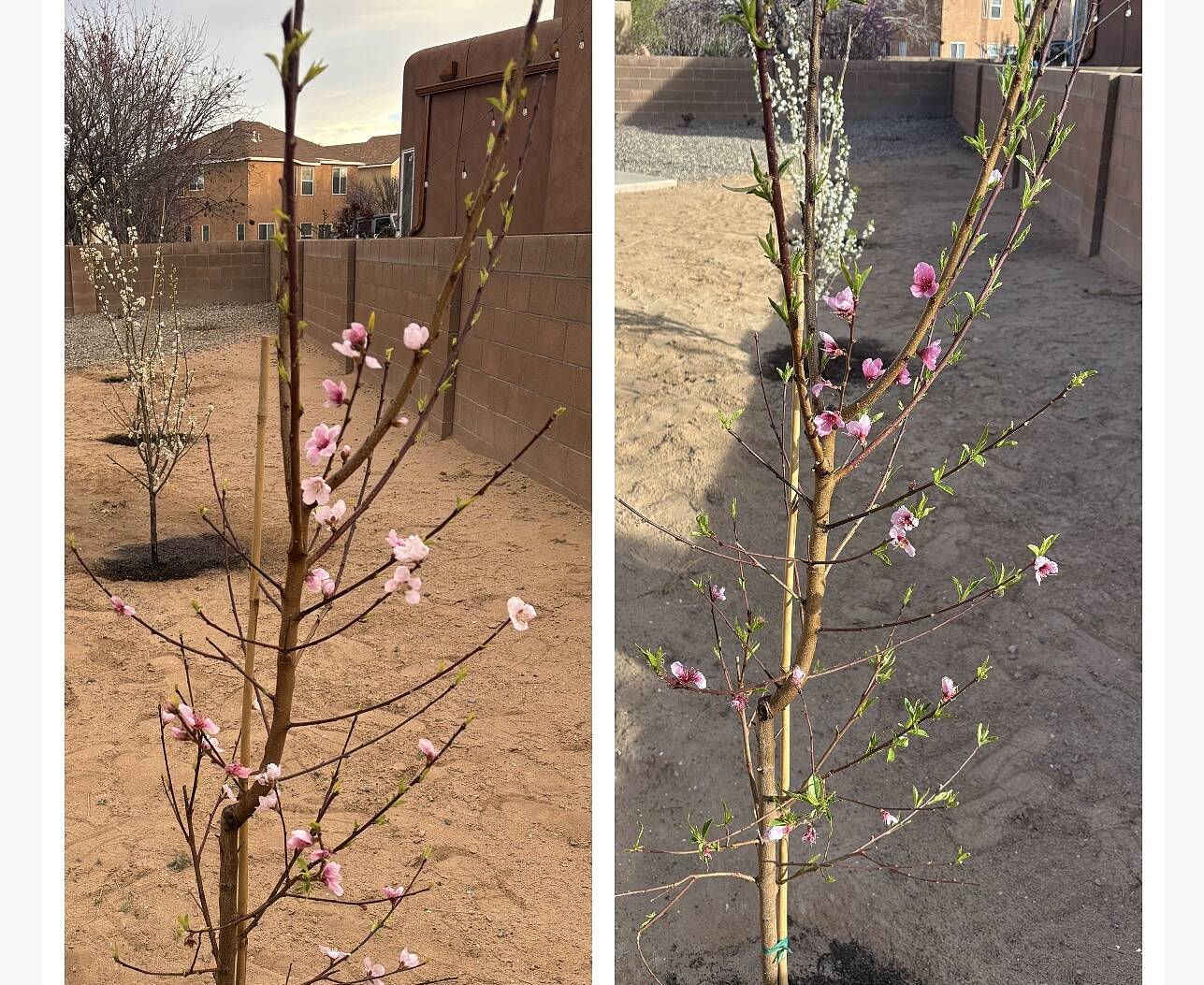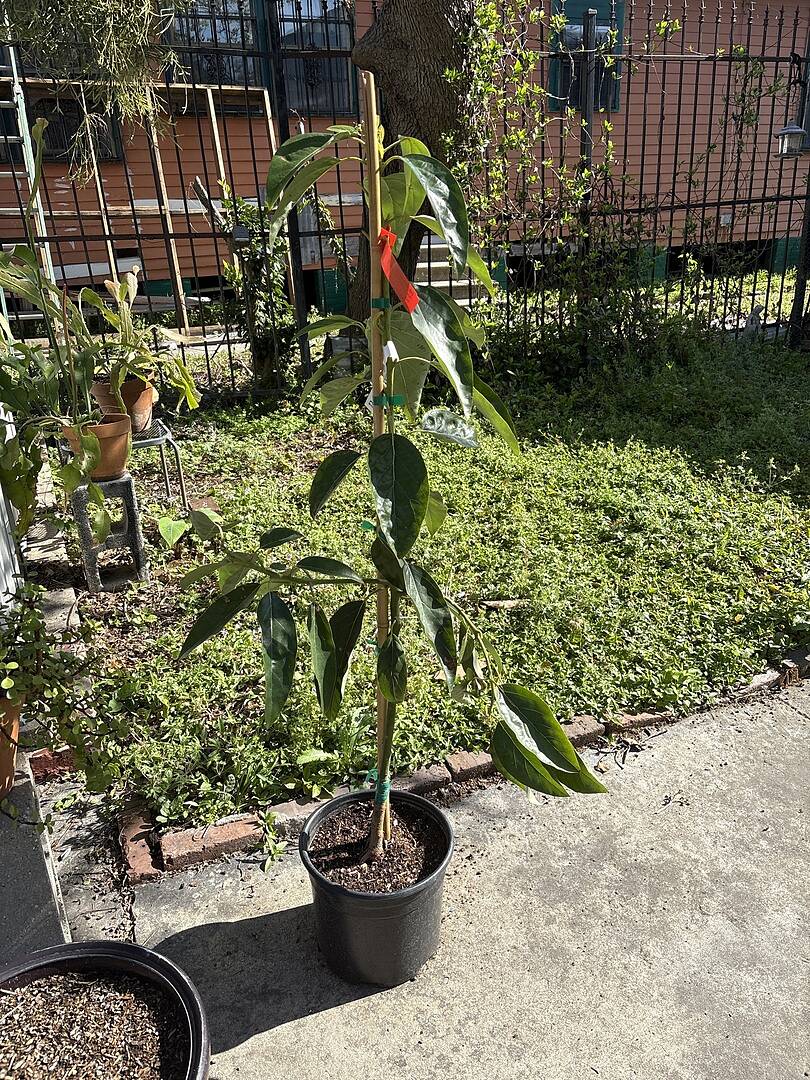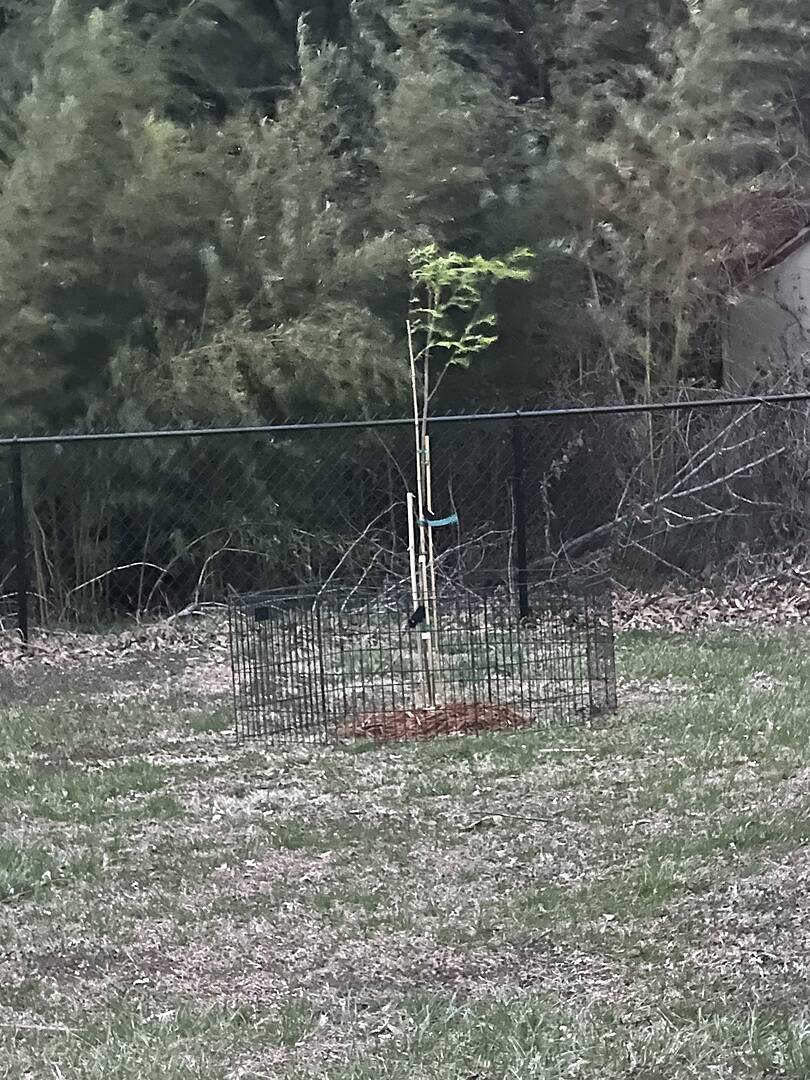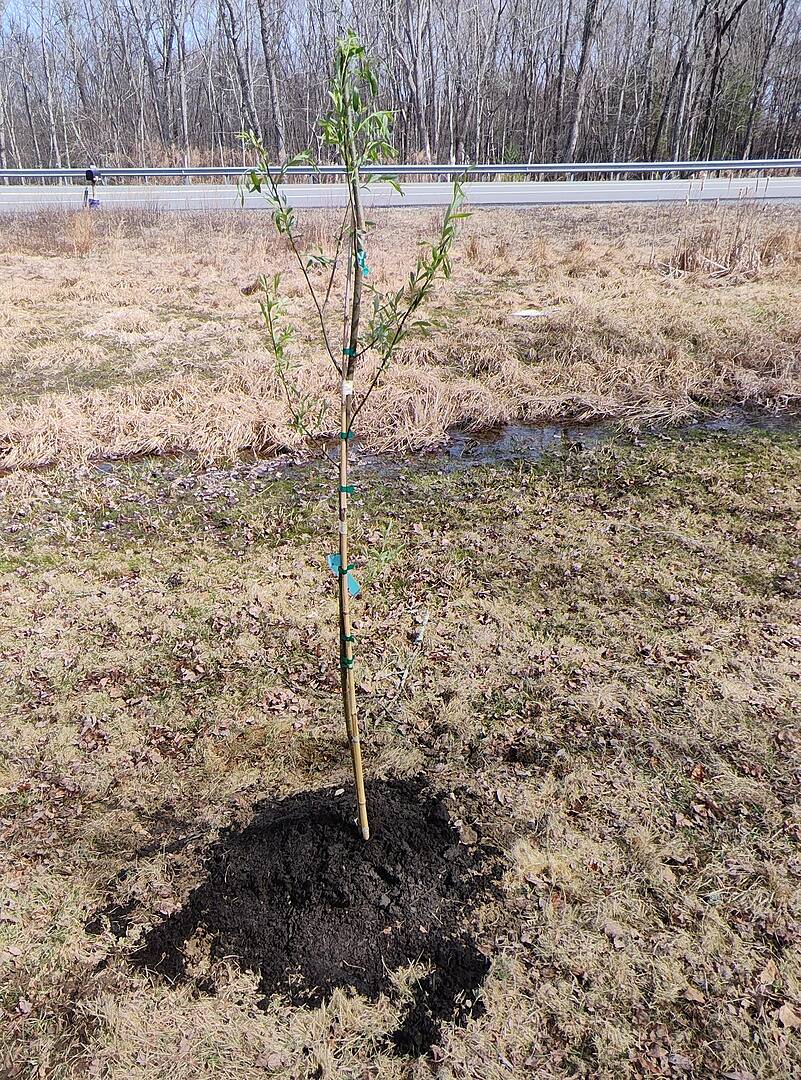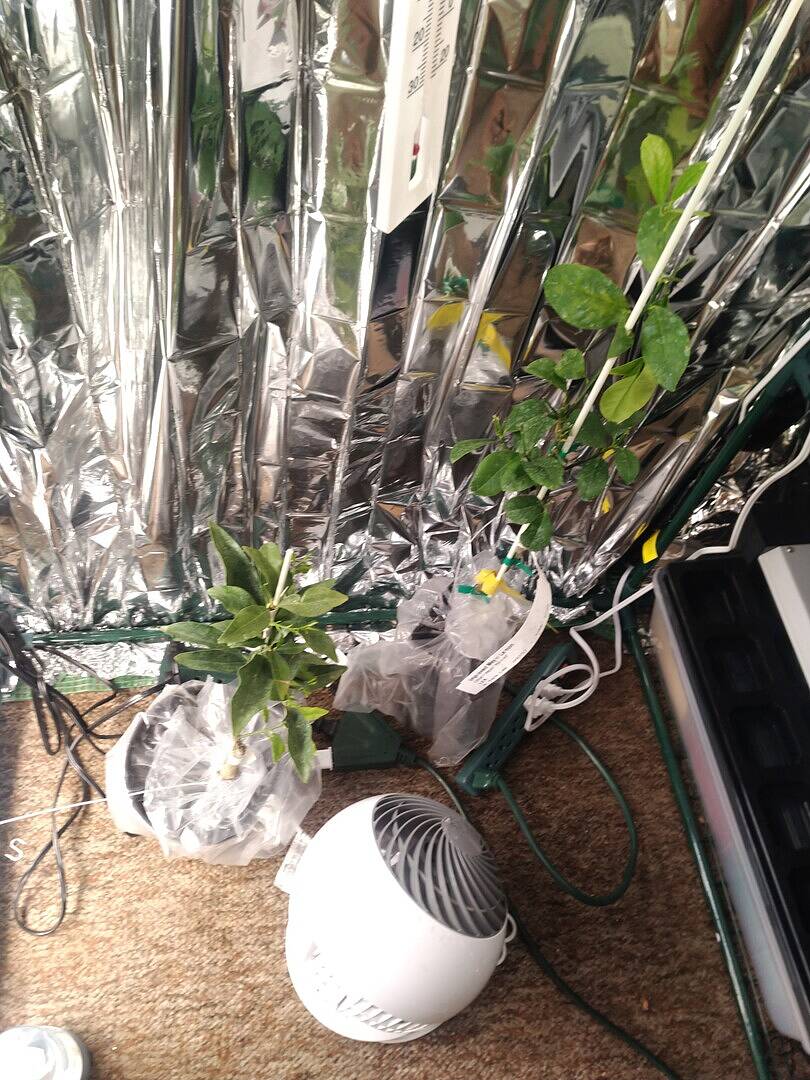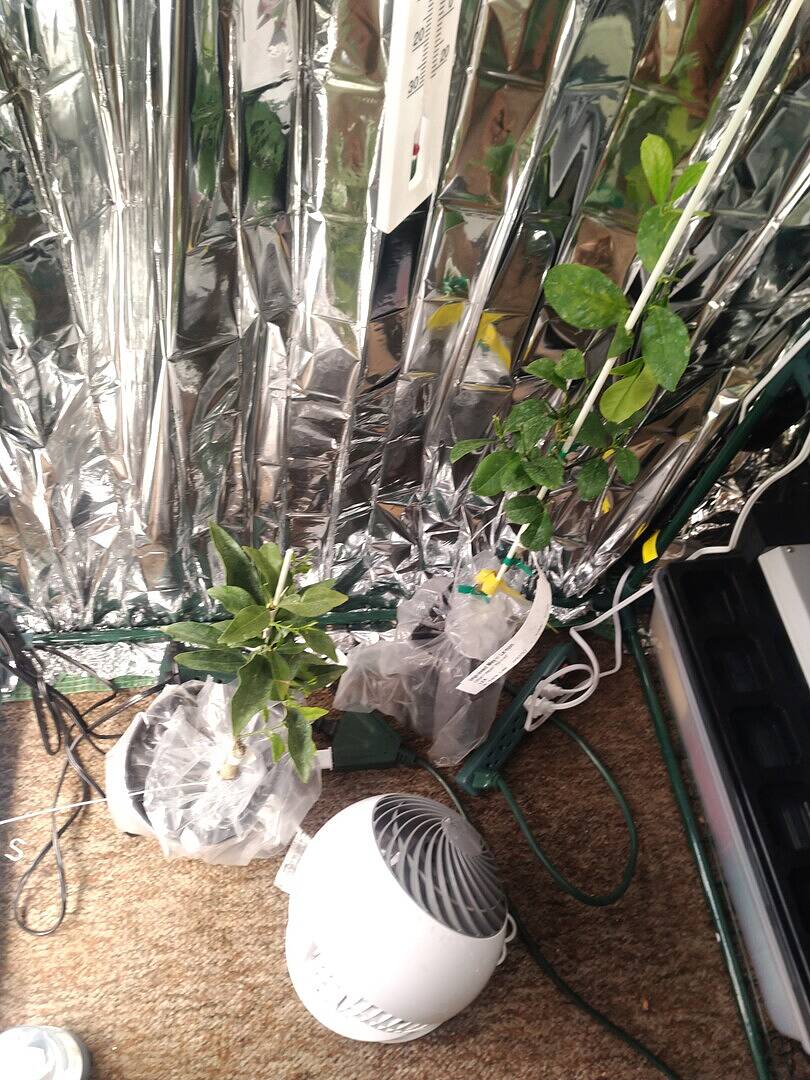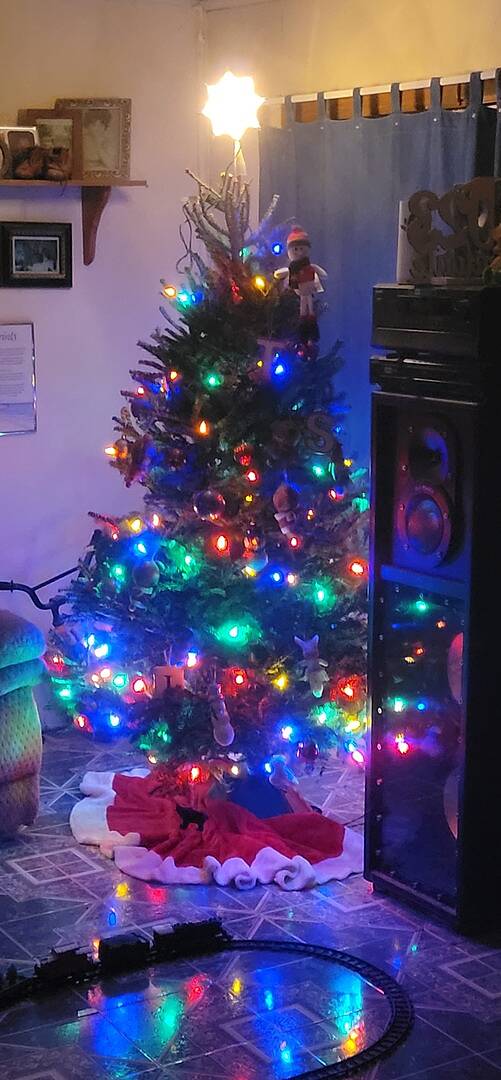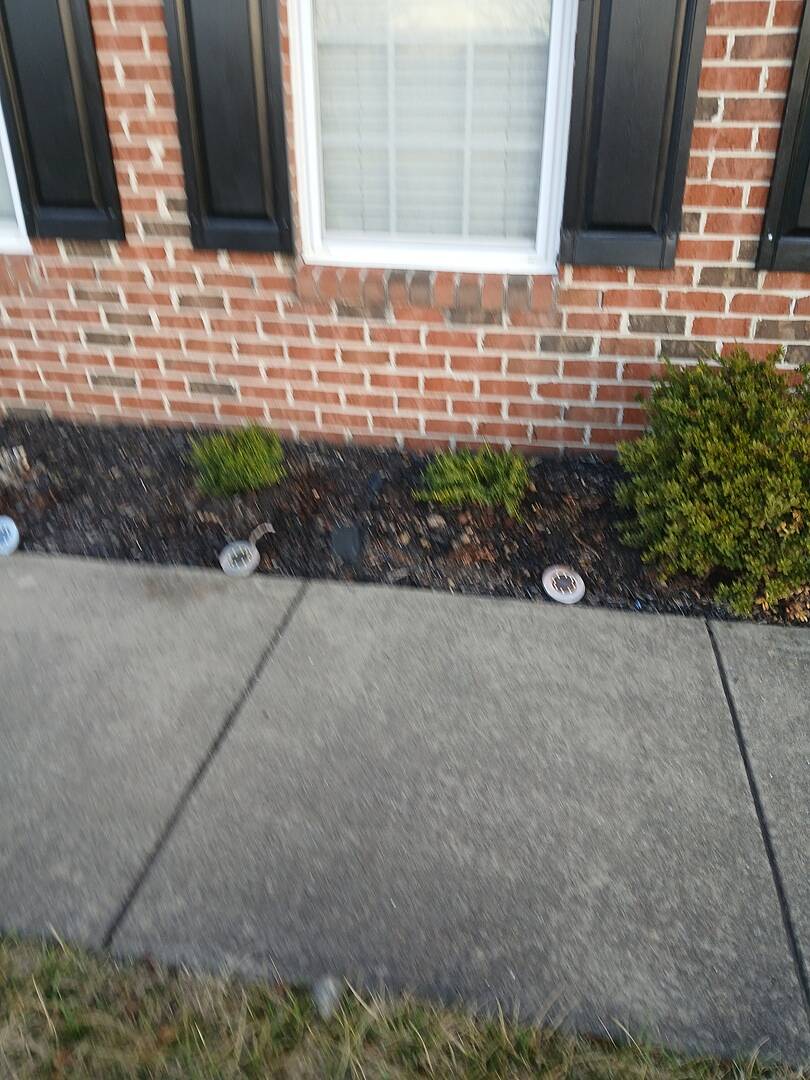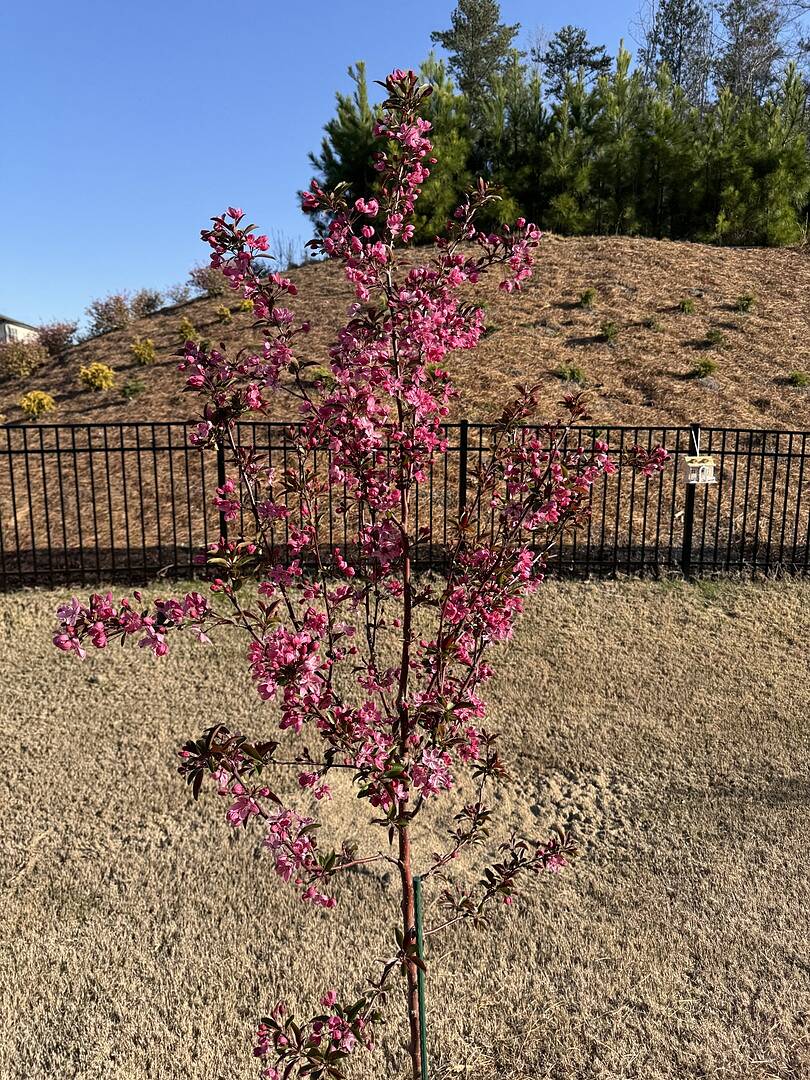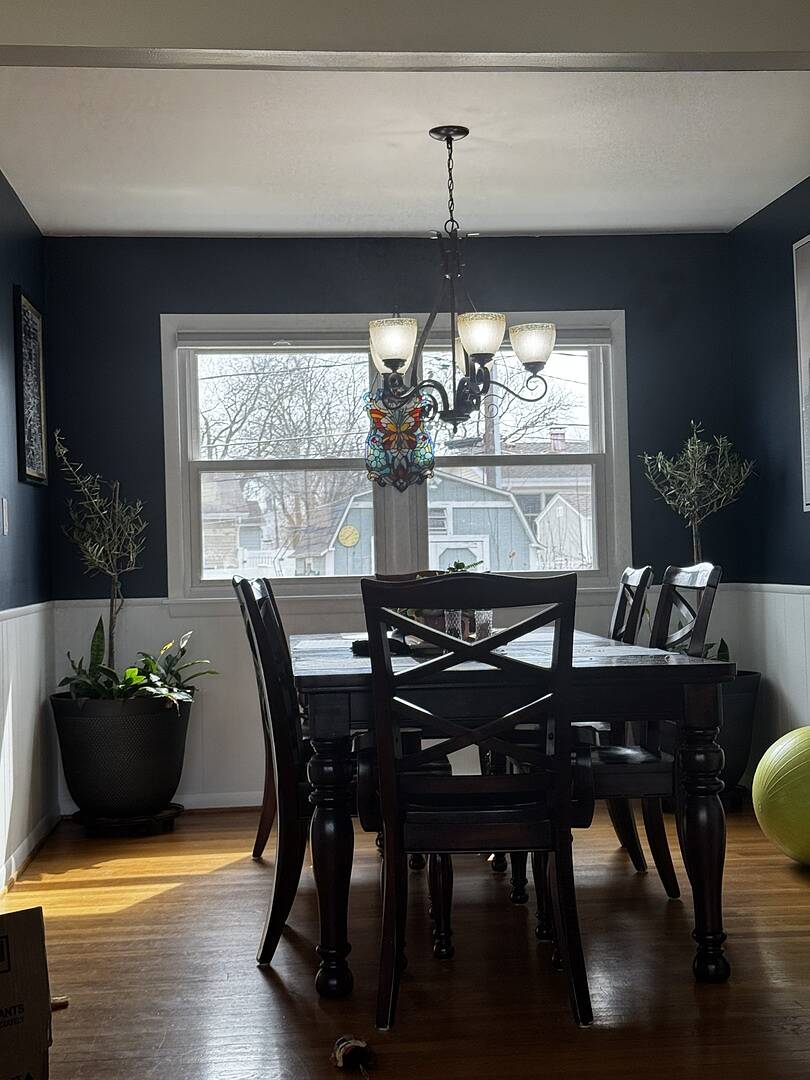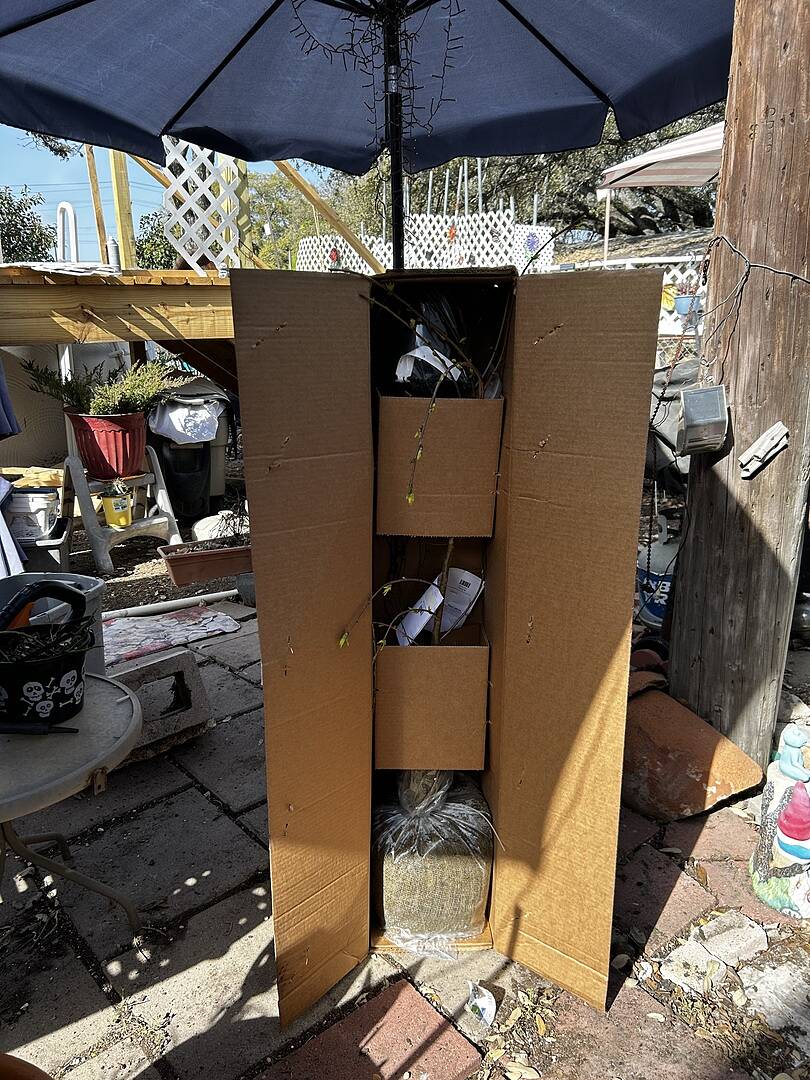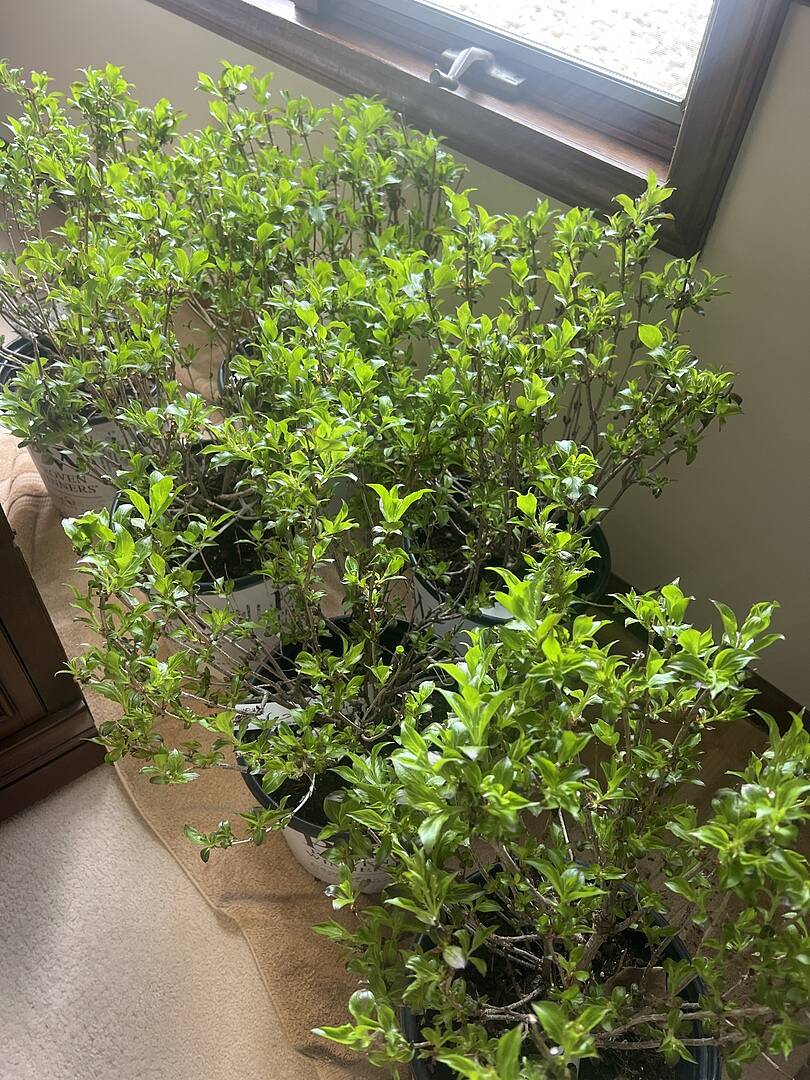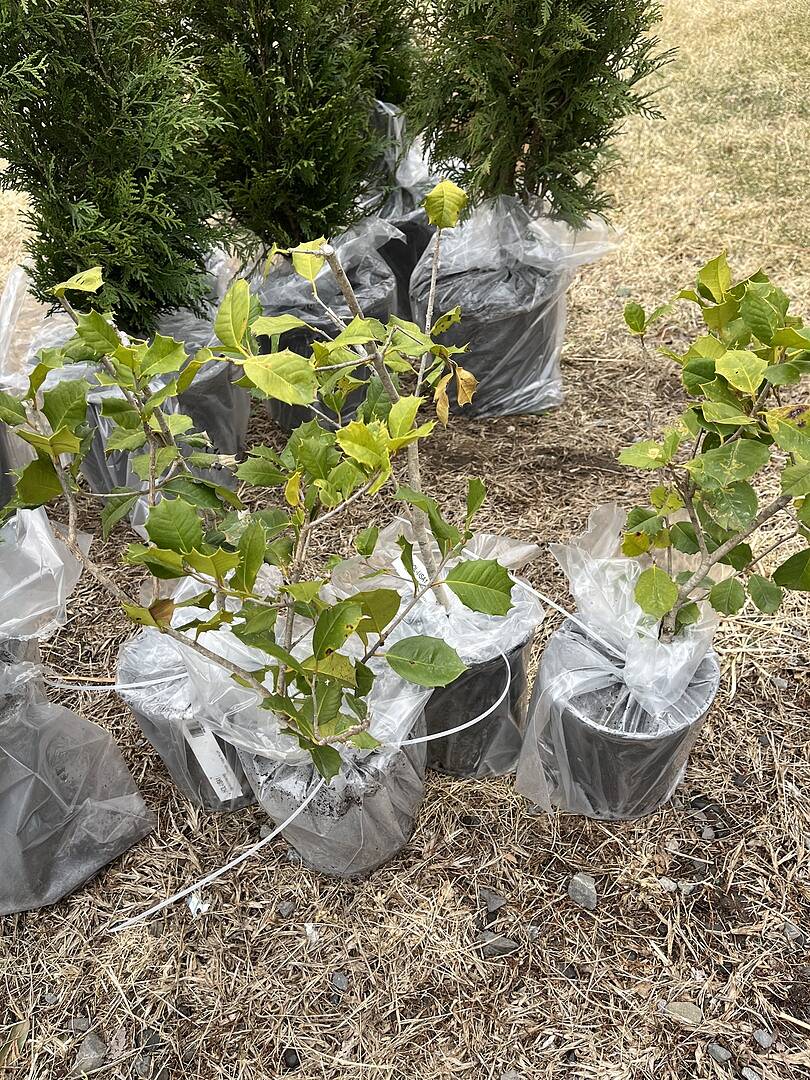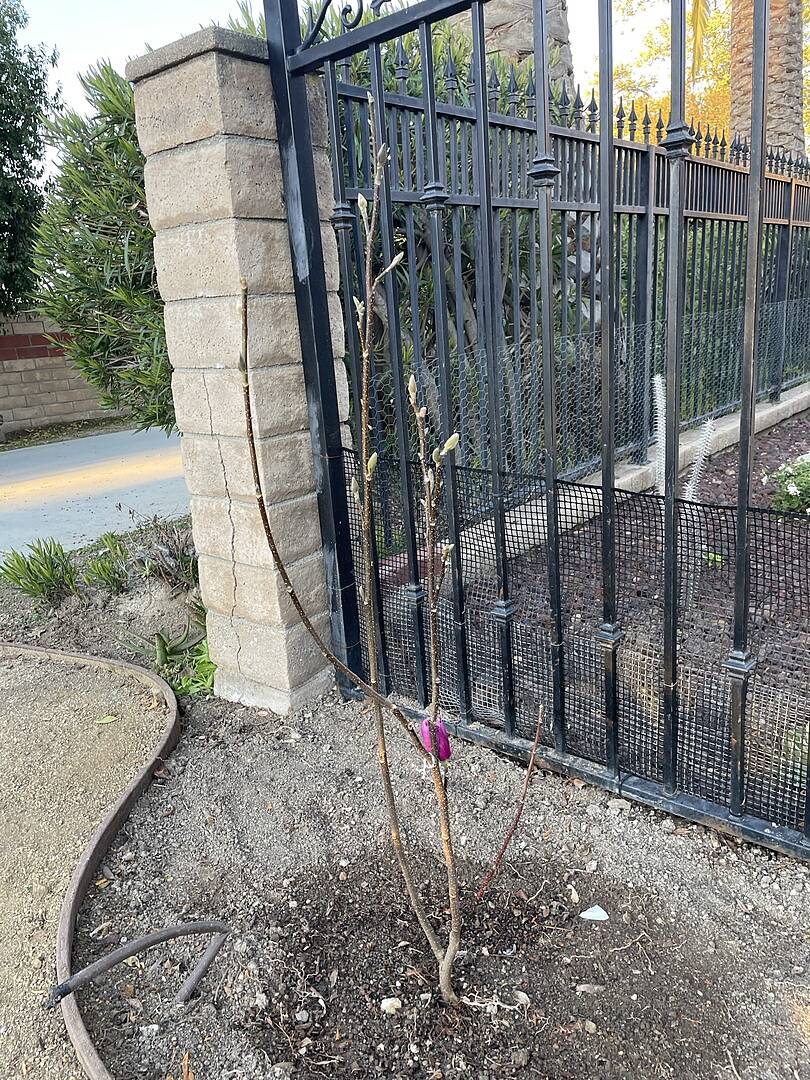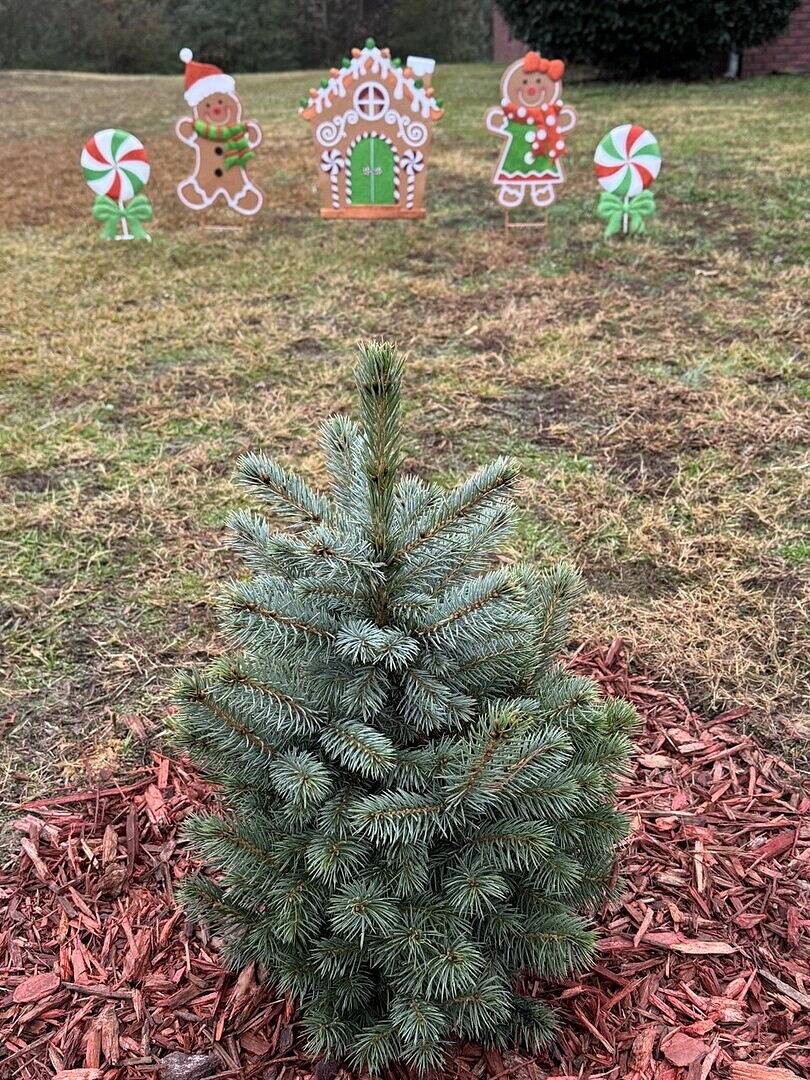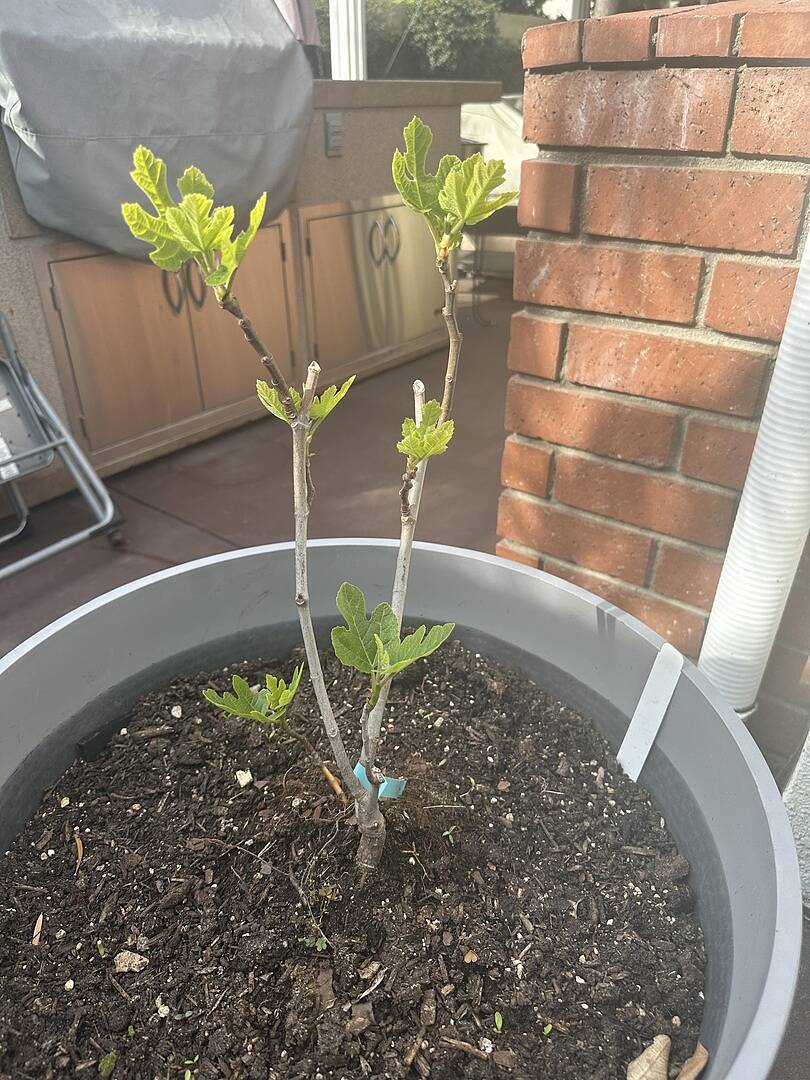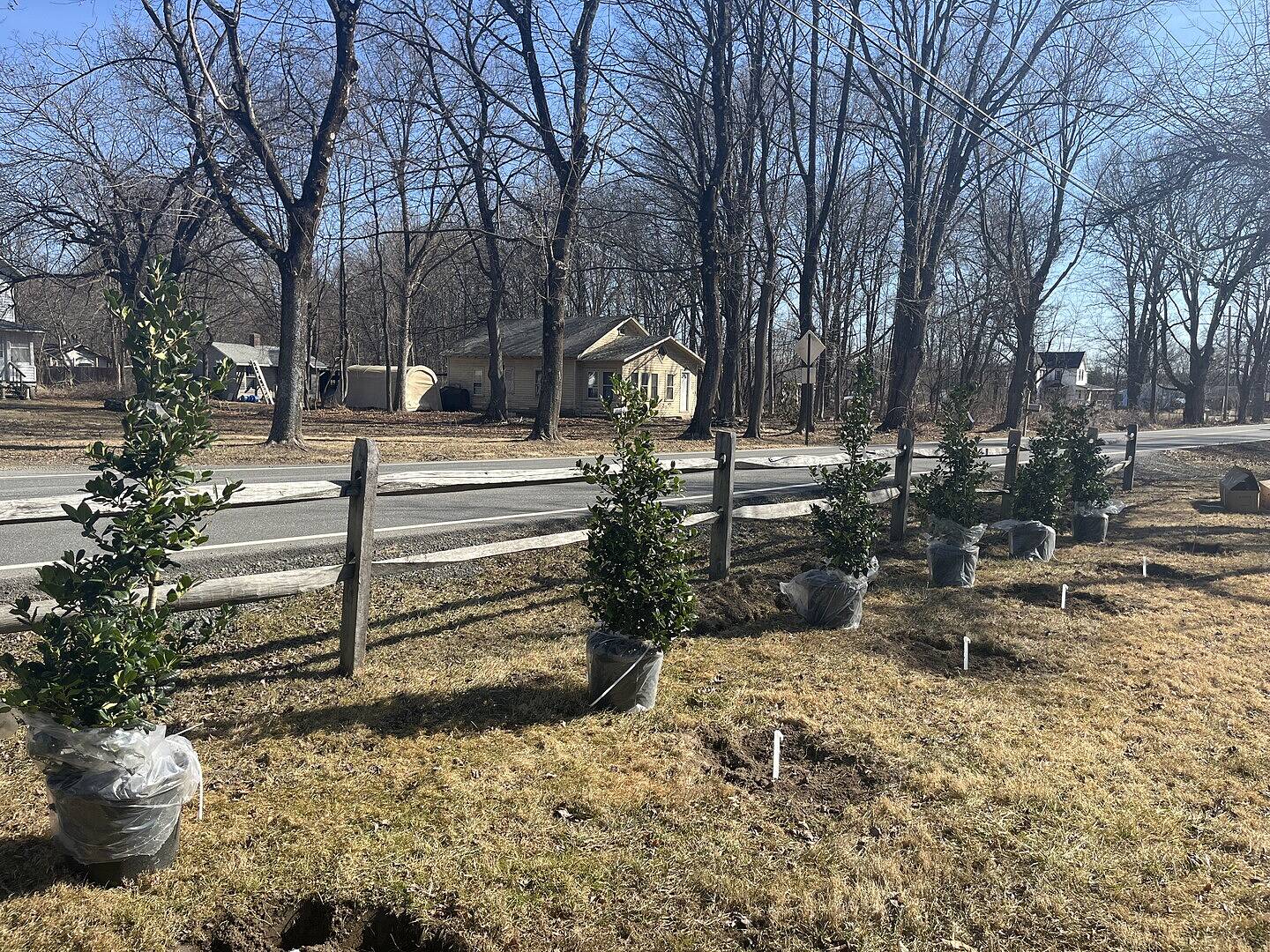Popular Plant Pairings

Last updated: May 12 2022

Ever wonder what the difference is between a dull landscape and a great one? Well, the secret is in the plant combinations! Mastering colors, textures and varieties can take any landscape to the next level. It's easier than you might think to do this yourself, so keep reading to learn all the insider tips and tricks to plant pairings!
Sorting by Needs
Don’t leave the success of your landscape to chance by choosing plants on a whim. You need to make sure your plants will survive where you plant them, so before you ever compare plants and see which ones look good next to each other, make sure the needs of the plants are being met.
To find an individual plant’s needs, look at the product page, tag or use a trusted source like an extension service website. To help narrow down your options, try making a list of plants with the same water and light needs. This way you can choose, mix and match different plants from the same list without fear that they won't grow well in the same area.
For example: Lavender likes dryer soil, less water and full sun, while a tri-colored willow prefers moist soil, moderate water and full to partial sun. These two plants will not do well planted next to one another because they have different needs.
To help save you time, here are some plants already sorted by their needs:
- Shade Plants
- Clay Soil
- Wet Soil
- Drought Tolerant, Full Sun
- Sandy Soil
- Salt Tolerant (good for coastal locations)
- Cool-Climate Privacy
- Cool-Climate Shade
- Warm-Climate Privacy
- Warm-Climate Shade
If you’re still having problems narrowing down plants, try our Plant Finder to discover plants particularly suited for your location and growing zone.
Sorting by Features
Now that you know which plants will do well in your space, you can focus on the features of the plant. These features may include texture, color, size and shape. Having a mix of these characteristics is the secret to adding life to a landscape or area and can make you look like a pro!
Texture
When searching for texture, look at the leaves. Plants with coarse texture will tend to have thicker leaves, while fine-textured plants will have thinner leaves. To avoid an area looking too heavy or flat, mix different textures into the space.
The photo below shows the coarse texture of the Blue Angel Hosta (right) next to the thin textured Rufa Bamboo (left):

Color
Color is such a fundamental part of pairing plants together, and in the plant world it’s not just one color you can play around with. Consider all the colors your plant will show during the year from flowers to fall foliage. Choose color combinations that you love and match your style, or go for a complementary color to add contrast.
- To add contrast and make colors pop, choose colors opposite each other on the wheel like purple and yellow.
- To add cohesiveness and make colors blend together seamlessly, choose colors next to one another like yellow, orange and red.
Reference the color wheel here for inspiration:

Take a look at the photos below for examples of how colors can look once incorporated into the garden.
This bed adds vibrancy using purple and yellow - colors that are opposite on the color wheel:

The blues, pinks and reds in this landscape create harmony and are located next to each other on the color wheel: 
This landscape is a great example of utilizing warm-toned, fall colors:

Size and Shape
Lastly, you’ll want to consider the overall size and shape of your plants to create depth and dimension. The final size and shape of a plant is largely flexible, as it depends on the care, and pruning, as well as its natural growth habit. Don’t feel like you need to know exact sizing here - just try to get an idea of how much space your plants will take up so you can properly place them.
Size is how large or small the plant is and will be in relation to structures or other plants that are around it. When looking at the size, consider the MATURE size, not the current size of the plant. An iris will look quite tall next to phlox, for example; however; phlox will look tall or the same height paired with some creeping juniper. The larger the size gap between two neighboring plants, the more dramatic the look will be.
Shape is the overall form that the plant takes, regardless of the mature size of the plant. Shape may change slightly as the plant ages, or it can change dramatically if you choose to prune in a certain aesthetic way. Some common shapes for shrubs are rounded, square, wide and flat or tall and skinny. The shapes you can play around with in the garden are almost limitless.
Here’s some popular tree canopy shapes to consider:

All of these concepts are covered in more depth in our Landscape Design 101 course where we walk you through landscaping from start to finish to achieve the landscape of your dreams. Our Choosing the Right Plants guide would be especially helpful if you’re shopping for plant pairings. So, if you haven’t checked it out yet, we highly recommend doing so!
Creating the Look
Now that you have some plants in mind that work well together, share similar care needs, and are the colors, shapes and sizes you want, it’s time to start arranging them!
In general, you want to work in layers or groupings to show off all the plants without some being hidden from view or too crowded. Don't limit yourself to straight lines or avoid repetition - repetition and asymmetry are helpful design tools that you shouldn’t rule out!
Container Planting Method
For container groupings, go for something tall and bold in the center with the next plant being shorter and then a final one hanging over the edge of the container. You might have heard this basic layout called “thriller, filler and spiller.” The best way to visualize this is to picture a bullseye. In the center of that bullseye is where the tallest or the showiest plant should be. The next circle is where you add texture, and the last, most outer layer spills over the edge.
Reference our container planting chart here and a few examples of combinations below to get started!

One option is going simple with just two layers like we’ve done below. Watch as we combine a Gold Mop Cypress and a Vinca Minor Periwinkle Vine in this fun video:
This three-layered look includes an Angelonia Hybrid in the center, a lime green colored vine in the middle and a petunia on the outer layer:

Planting Bed Methods
If you have a section of your yard, a raised bed or a flower bed you need to fill, consider a similar approach to the container planting method. Instead of a bullseye, treat your layers like bleachers or a group photo. When you take a group photo, you want to see everyone, so the tallest individuals go to the back. The same approach works here - place the tallest in the back, and as you work towards the front, plants should gradually decrease in size.
Remember, you can play with shape and textures and you can mix which plants you have in each layer. And don’t worry about keeping the layers completely straight. If you want to add more dimension, arrange the area like a pyramid to enjoy from different angles.
Simple High-Low
Plant a tree and some low hedges around it for a low-maintenance, yet beautiful look, like this Pigmy Date Palm and variegated Schefflera:

High-Low with Mixed Border
Here, tall trees are accented by a mixed ring border of warm-toned flowers:

Bleacher or Group Photo Orientation
Just like in a photo, the tallest plant should be placed in the back and the shortest should be placed in the front to create a dimensional flower bed. Use Sedge, hollies and loropetalum to achieve the look shown in this photo:

Plant Combinations We Love
And for some extra inspiration for your garden, here’s a few more plant combos to consider. Remember that your yard belongs to you! Don’t feel limited by the rules discussed above. Instead, use these design principles as suggestions to guide you.
Who Said Monotone was Boring?
Fully embrace your favorite color by pairing different shades together. This pretty purple combination uses the “bleacher method” to create a stunning display off of the white fence. Use phlox and agapanthus to secure this look.

A Shaded Escape
Even the shaded parts of your yard can be filled with life and texture using the “high-low” arrangement. These trees are accompanied by a mixed border of hostas and Rufa Bamboo surrounding the base to add a soft fullness to the area.
Plant the Rainbow
If monotone isn't your thing, go for all of the colors! This natural border uses the “group photo” method, but has a natural feel since the rows aren’t perfectly straight. Here are some of our most colorful options for you to consider combining: Red Twig Dogwood, Orange Rocket, Goldsturm Black-Eyed Susan, Little Kitten Maiden Grass, Blue Agapanthus, and Geranium ‘Rozanne’.

Statement Shrubs
A mix of cold-hardy evergreens can create a pleasing landscape for your eye using bright colors, not to mention an easy-care option. To create a similar look, use plants like creeping juniper, barberry, loropetalum, eunonymus, Black Mondo Grass, and weigela.

Texture Play with Tropicals
Tropical and asymmetrical layering in a container adds flare to this patio without taking up too much space. The fern, ivy, elephant ear and Ti plants play off one another perfectly.

Plants are beautiful on their own but even better with the right companions to complement and accent them. Move container plants around or mix things up by combining smaller plants with one another in a larger container for a space-friendly option or go large scale and re-imagine your garden. Play around with plant pairings in your own space to see what you like and have fun with it!
Don’t forget to check out our full Landscape Design 101 course for more helpful planting and design tips to take your space to the next level!

Written by
Meredith Gaines
Meredith's love for plants started at a young age, and only grew when she started working in the Desert Exhibit at the South Carolina Botanical Gardens and the Historic Filoli Estate in the Bay Area. After graduating from Clemson University (GO TIGERS!) with a degree in Biology and Horticulture, she found her niche in the FastGrowingTrees.com family as a horticulturist and has grown in her current role as Senior Plant Expert.
She currently resides in her hometown of Charlotte, North Carolina, and enjoys spending any time she can outdoors. She learns new things about plants every day and loves sharing her plant knowledge and tips with those around her. Her favorite plant is constantly changing, but her long-time favorites are peonies, oak trees, and ferns.
Featured Product

Tri-Color Dappled Willow
369 reviewsStarting at $44.95



















